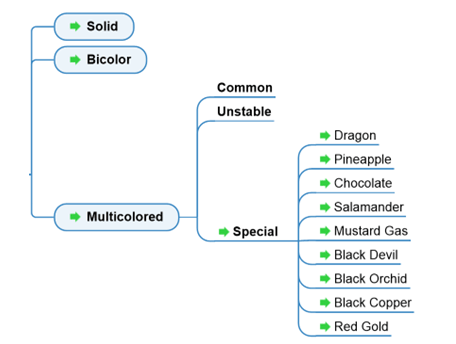Free ebook
Learn how to classify bettas
How to classify Bettas in exhibitions, in your genetic works and when exchanging matrices with other breeders.
Use and abuse! You and the hobby only have to gain.
A material developed based on 60 years of experience with bettas.


More infos about the ebook
Main questions:
-
The classification of bettas is not as clear as in other animals with which lineages develop;
-
The domestication of the betta dates back centuries, and today's betta has different characteristics than those of decades ago;
What you will have:
-
Discover the beauty of bloodlines, combining stability with the aesthetic beauty of the betta;
-
Understand the characteristics in the phenotype of each lineage;
-
Awaken a new desire and horizon in betta breeding;
-
Knowledge is power. Don't stay out of this! Your betta breeding can be even more satisfying.
-
Know-how about bettas and their genetics since the 1970s.
Notes
-
Within each category, there is a consistent color arrangement. For example: solid red, blue, gold, yellow, among others. Bicolors like blue and red. Yellow salamander, blue salamander, and many more.
-
We introduce the concept of colors versus color distribution (or arrangement). These are distinct concepts that will help you classify bettas within the categories.
-
This eBook presents our approach, highlights the technical characteristics of each category, and provides examples of each one.
-
Remember that the color distribution defines each category.
-
Categorization is a set of information that will always remain open, subject to continuous updates.
-
Avoid relying on commercial names when classifying any given phenotype. The color distribution should ensure the phenotype's stability, which is essential to preserve the betta's beauty throughout its life and across future generations.


















